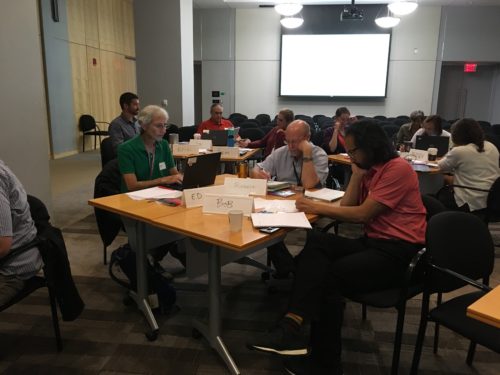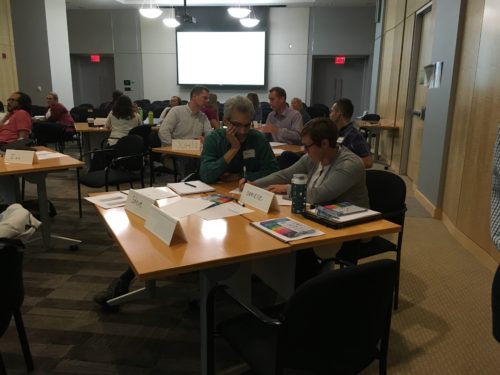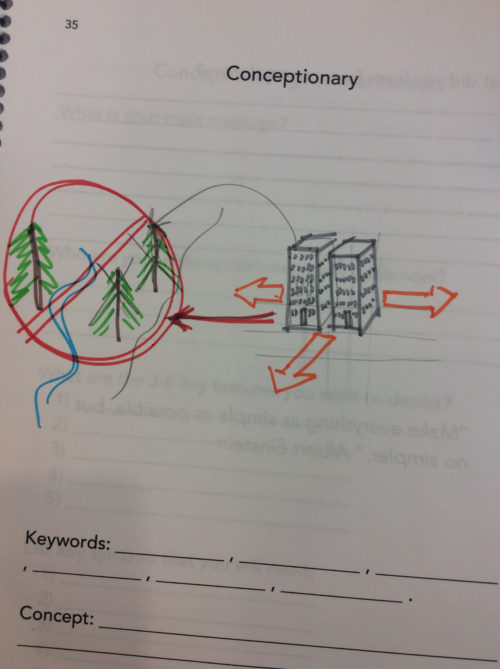Communicating science effectively: one-day course with EPA Region 1
Brianne Walsh ·Bill Dennison and I traveled to Boston, Massachusetts on September 12-14 to teach a one-day course, titled “Communicating Science Effectively”, for U.S. EPA Region 1 staff at their office in downtown Boston. There were about 25 participants. All were EPA employees, but their specialties and roles ranged from environmental scientist, drinking water specialist, biologist, physical scientist, risk assessor, enforcement officer to environmental engineer. While all participants had differing backgrounds and roles within the EPA, they each had one goal for the workshop: learning how to communicate the complex and important data being collected into usable information for a variety of audiences.

Overall, there was a lot of material packed into the one-day course. We covered data visualization, conceptual diagrams, and narratives and storytelling. Using the course workbook, participants worked in groups to explore the main concepts for each: the importance of balancing form and function when presenting data sets, the process of synthesizing complex scientific data into visually appealing conceptual diagrams, and the importance of pulling together visuals with a strong narrative. Prior to the course, we were able to work with a team of EPA staff to compile examples of presentations and datasets. It was great having these examples of the types of data and presentations that participants work with on a daily basis, and we tried to weave in examples whenever the agenda allowed.


During the workshop, we established that there was an interest in creating a learning network among EPA staff to continue sharing, and improving upon their new science communication skills. Bill and I plan to follow up with course participants in a webinar format in the upcoming months in an effort to share how participants have been able to apply new skills in their own work. I am looking forward to continuing the science communication conversation, and seeing how the course participants have been able to use their new knowledge!


